Common Light Sources for Laser Engraving Machines
A laser engraving machine utilizes laser technology for engraving, cutting, and marking. The laser source is a core component of laser engraving machines, generating a laser beam that is used to engrave or cut the surface of a workpiece. Common light sources for laser engraving machines mainly include CO2 light source, fiber light source, and diode light source. Since different materials absorb different wavelengths of laser light, it is necessary to choose according to the characteristics, thickness, processing quality of the processing material, and the requirements for the quality of the laser beam and thermal influence.
Let's start to know these light sources guide.
Common Light Sources for Laser Engraving
| Laser Source | Suitable Materials | Key Considerations | Applications |
| CO2 Laser |
Non-metals (Wood, Plastic, Rubber etc.) |
Material Absorption Characteristics |
Wood Engraving, Acrylic, Cutting, Rubber Stamp Making |
| Fiber Laser |
Metals (Stainless Steel, Aluminum etc.) |
High Efficiency, Suitable for Metal Engraving |
Metal Marking, Cutting, Engraving on Industrial Parts |
| Diode Laser |
General Applications, Low-Power Engraving |
Lower Power Applications, Cost-effective |
Low-power Engraving, Barcode Marking, Small-scale, Customization |
| Nd:YAG Laser |
Metals and Non-metals, Specialized Applications |
High-energy Pulse, Versatile Applications |
Precision Engraving, Medical Device Marking, Fine Jewelry |
| Fiber-coupled Diode |
Metal Cutting, High Quality Applications |
Combines Fiber and Diode Advantages |
High-quality Metal Cutting, Automotive Part Engraving |
1. CO2 Laser
Working Principle:
When direct current is applied to the discharge tube, the nitrogen molecules in the gas mixture in the discharge tube are excited by the impact of electrons. The excited nitrogen molecules collide with the CO2 molecules. The N2 molecules transfer their own energy to the CO2 molecules. The CO2 molecules change from a low energy level to a high energy level, forming a population inversion to generate laser light.
Features:
In the working process, the increase of gas temperature will lead to de-excitation of laser energy level and thermal excitation of lower laser energy level, which will reduce the number of inversion of particles. In addition, the increase in gas temperature will broaden the spectral lines, resulting in a decrease in the gain factor. The increase in gas temperature also causes the decomposition of CO2 molecules and reduces.
Applications:
CO2 laser cutting makes it possible to cut highly complex components at very high speed without stressing and deforming the workpiece. Especially for thermoplastic materials, the cut section is smooth, but it is also very good at cutting polyester and polycarbonate materials. It is also very effective in cutting clear acrylic sheets.
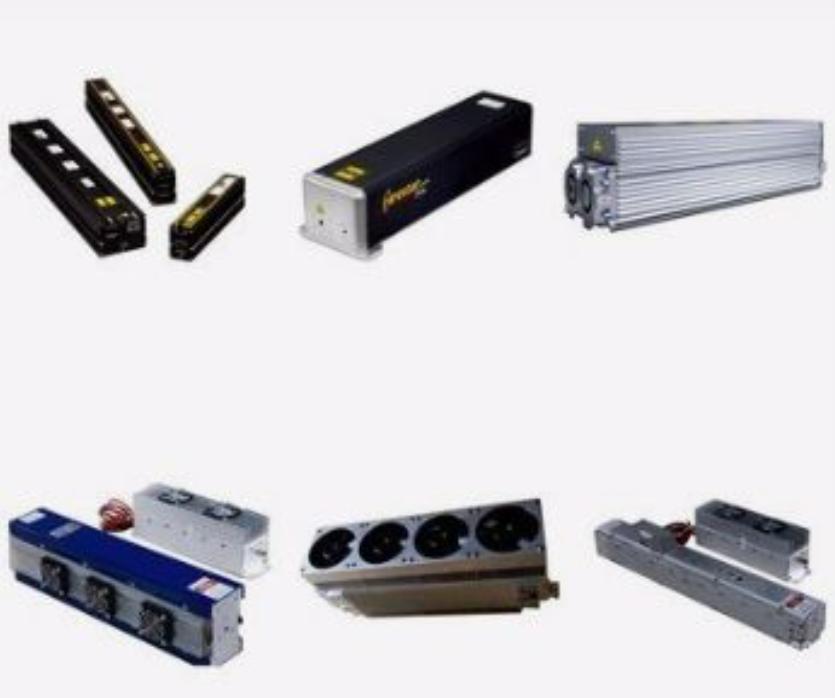
2. Fiber Laser
Working Principle:
Fiber laser refers to a laser that uses rare earth element doped glass fiber as the gain medium. Under the action of pump light, it is easy to form high power density in the fiber, resulting in the laser energy level "particle population inversion" of the laser working material. Appropriately, adding a positive feedback loop (to form a resonant cavity) can form a laser oscillation output.
Features:
Due to the small diameter of the fiber core, it is easy to form a high power density in the fiber core, and it has a high conversion rate and a high gain. Fiber lasers use optical fibers as gain media with a large surface area, which enables them to dissipate heat better and have higher energy conversion efficiency than solid-state lasers and gas lasers. Compared with semiconductor lasers, the optical path of fiber lasers is entirely composed of optical fibers and optical fiber components. The optical fiber and optical fiber components are connected by fiber fusion technology. The entire optical path is completely enclosed in the fiber waveguide, which greatly enhances reliability and realizes isolation from the outside world.
Application:
Laser marking, black marking on anodized aluminum, laser ink removal, deep hole drilling in ceramics such as zirconia material drilling, glass material drilling, and metal cutting.
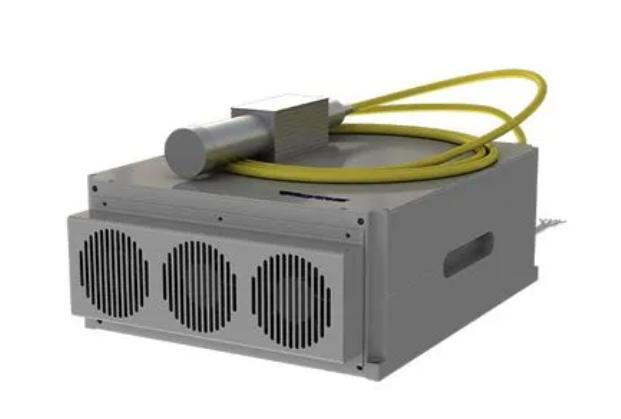 More details, you can click What Is Fiber Laser Engraver - Everything You Need to Know
More details, you can click What Is Fiber Laser Engraver - Everything You Need to Know
3. Diode laser
Working Principle:
The laser diode features a P-N junction within two layers of doped gallium arsenide. With flat end structures—one mirrored and the other partially reflective—the emitted light's wavelength is linked to the junction's length. Applying a forward bias with an external voltage prompts electron movement, leading to photon release upon recombination with holes. Amplification occurs as photons trigger further releases, generating an intense laser beam. When some photons hit the mirrored surface vertically, they reflect back, repeating the process. The diode current must surpass a threshold for laser beam generation.
Features:
The intensity of its output light can be directly modulated from the current. In practical applications, the APC circuit is usually used to drive the laser diode, which is built into the same package, and the PD is used for feedback and monitoring the output of LD, so that the output of LD can reach the required constant optical power.
Application:
Personalized gift customization, personal home DIY, small and medium-sized business small batch production, etc.
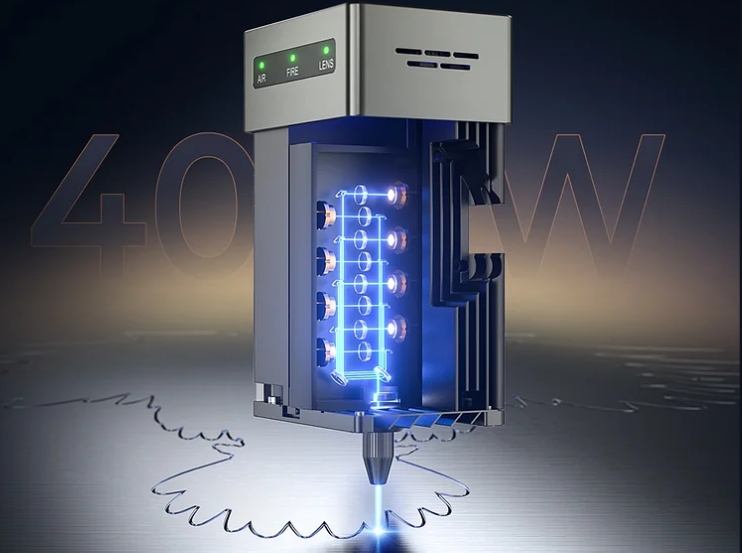
4. Nd:YAG Laser
Working Principle:
Nd:YAG lasers operate on the principle of neodymium-doped yttrium aluminum garnet crystals. When these crystals are stimulated by external light, typically from a flashlamp or diode laser, they emit coherent light at a wavelength of 1.06 µm. This process involves the population inversion of neodymium ions within the crystal, leading to the emission of laser light.
Features:
They are versatile, offering high-energy pulses that make them suitable for a wide range of applications. They can operate in both pulsed and continuous modes, providing flexibility and precise control over laser output. In addition, their ability to interact with both metals and non-metals enhances their applicability.
Application:
Commonly used in precision engraving, medical procedures, and industrial applications, Nd:YAG lasers excel in tasks requiring high-energy output and fine detail on various materials.
5. Fiber-coupled Diode
Working Principle:
Use semiconductor diodes coupled with optical fibers. The diode emits light, which is then coupled into a fiber for delivery.
Features:
These lasers combine the efficiency of diode lasers with the flexibility of fiber optics, resulting in a compact and versatile solution. They offer high-quality output, making them suitable for precision applications..
Application:
Commonly used in fields such as medical procedures, industrial cutting, and telecommunications, where their compact design and precise output prove advantageous.
Creality Falcon2 Laser Engraver Light Source
Creality Falcon2 series are diode laser engraving machines to make works life.
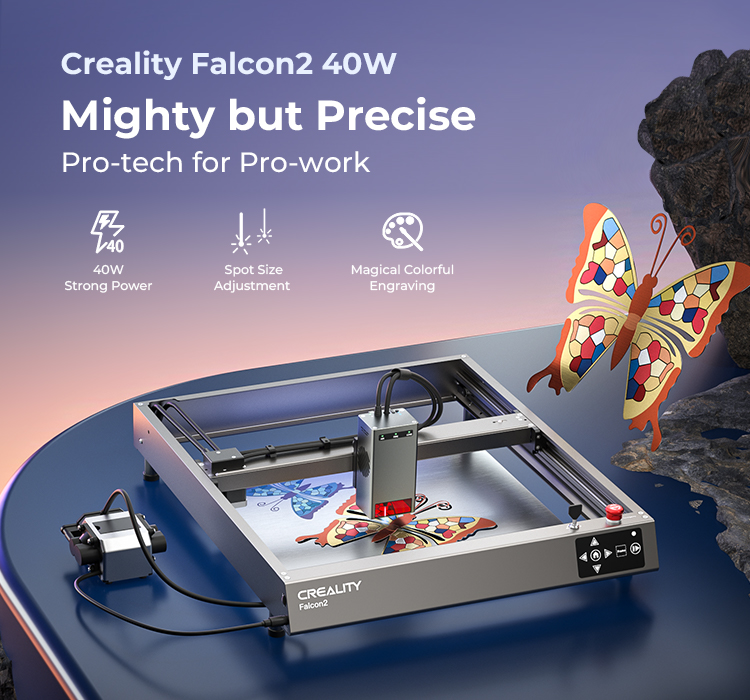
Creality Falcon2 40W laser engraver utilizes cutting-edge FAC spot compression technology, consolidating 8 robust 5W laser diodes to achieve an impressive 40W laser power. Emitting a blue light at 455nm, it excels in engraving and cutting a myriad of non-metallic materials like wood, fabric, and ceramics. Moreover, it showcases remarkable versatility by also handling stainless steel, anodized aluminum, painted metal, and more. Unleash your creativity with precision and efficiency using this state-of-the-art engraving marvel. This engraving machine is a good cost-effective choice for consumer DIY.
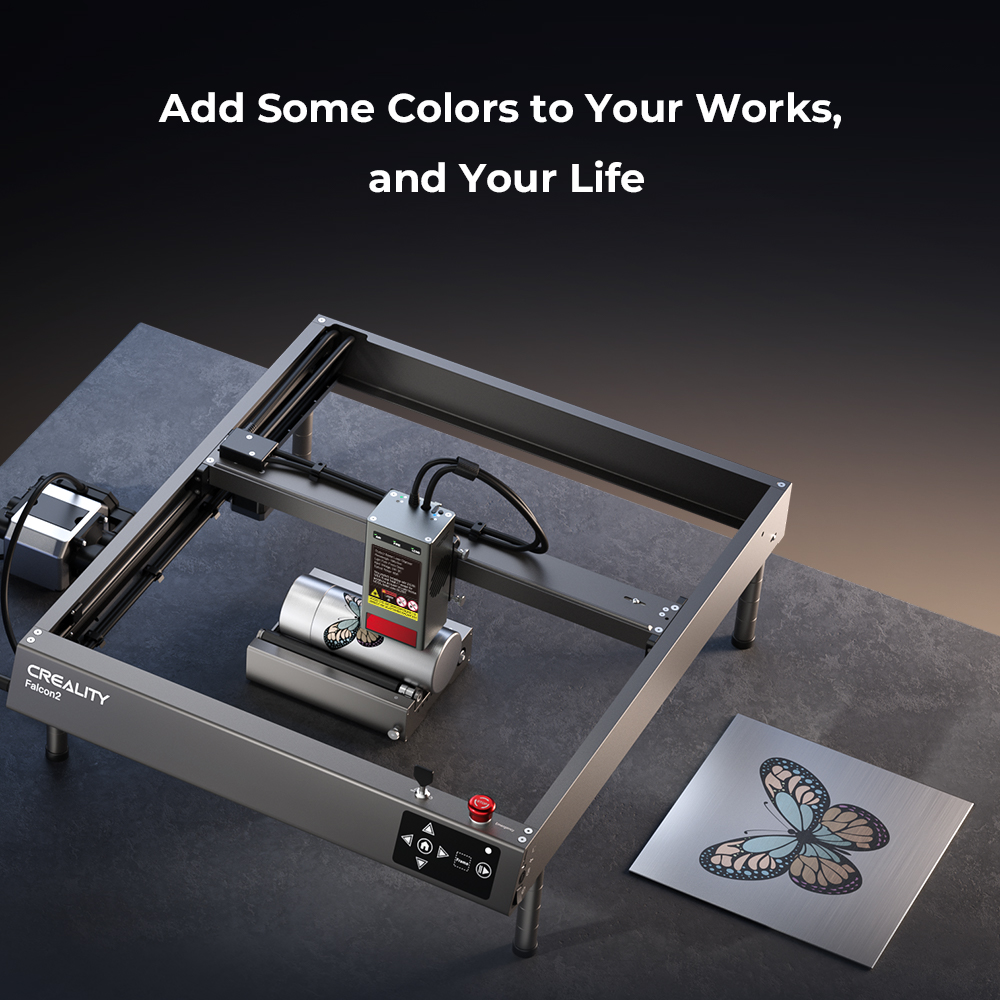
Launched by Creality in February 2023, the Falcon2 22W laser engraver strikes a perfect balance between advanced features and affordability. Its key enhancements include a powerful 22W engraving engine, enabling seamless cutting through 15mm basswood and versatile material use. The increased engraving speed at 25000mm/min ensures efficient and high-quality results, while the triple monitoring system prioritizes safety through airflow, lens, and flame monitoring. Ideal for small businesses, designers, and hobbyists, it empowers users to craft intricate designs and streamline production. For more details, check Falcon2 22W laser engraver specs here.

Creality Falcon2 Laser Engraving & Cutting Parameter Settings






























































































































